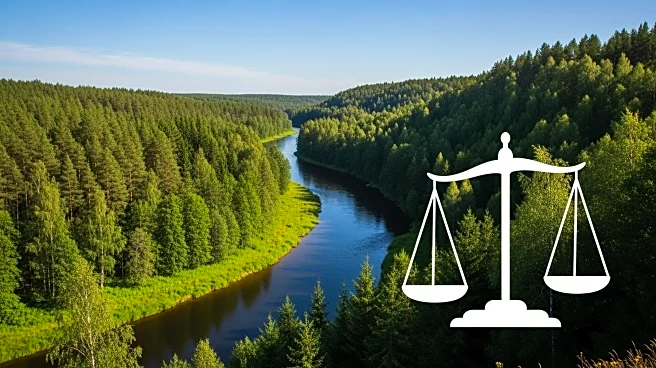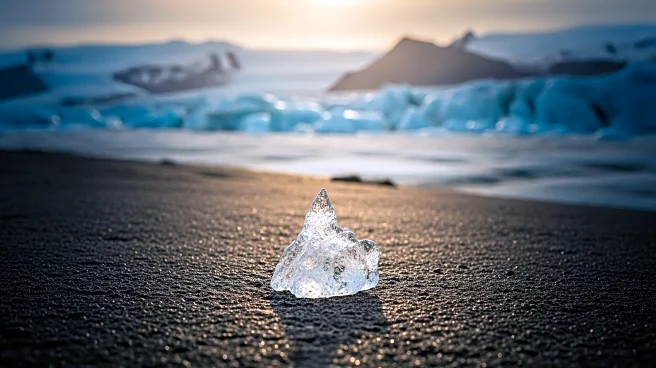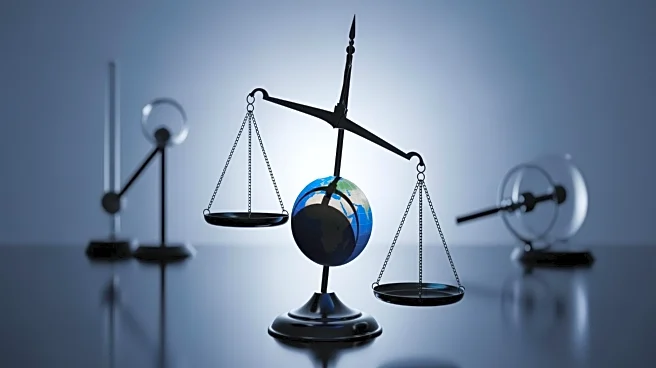What's Happening?
A recent study has raised concerns about the potential risks associated with geoengineering, specifically the use of stratospheric sulfur injections (SAI) to combat climate change. This method involves scattering sulfur particles into the atmosphere to reduce
sunlight reaching the Earth's surface, thereby cooling the planet. The concept is inspired by natural events like the 1991 eruption of Mount Pinatubo, which led to a temporary global temperature drop. However, the study highlights that such interventions could have unintended consequences, such as disrupting weather patterns and accelerating ozone layer depletion. Researchers, including Faye McNeill from Columbia's Climate School, emphasize the unpredictability of these outcomes, even with advanced computer models.
Why It's Important?
The implications of geoengineering are significant for global climate policy and environmental management. While the technique could potentially mitigate some effects of climate change, the risks of altering weather systems and causing environmental harm are substantial. Disruptions to monsoon systems and the potential for acid rain could have severe impacts on agriculture, water resources, and ecosystems, particularly in vulnerable regions. The study underscores the need for cautious consideration and further research before implementing such large-scale interventions, as the consequences could outweigh the benefits.
What's Next?
The study suggests that more research is needed to fully understand the potential impacts of geoengineering. Scientists are exploring alternative materials to sulfur, but each comes with its own set of challenges, such as scarcity or difficulty in atmospheric dispersion. The findings call for a careful evaluation of geoengineering strategies and highlight the importance of international collaboration in addressing climate change. Policymakers and environmental groups may need to weigh the risks and benefits of geoengineering against other climate mitigation strategies.
Beyond the Headlines
The ethical and legal dimensions of geoengineering are complex, as the potential for unilateral action by individual countries could lead to geopolitical tensions. The study raises questions about governance and accountability in managing global climate interventions. Additionally, the long-term environmental impacts and the potential for unforeseen consequences necessitate a robust framework for decision-making and oversight.













